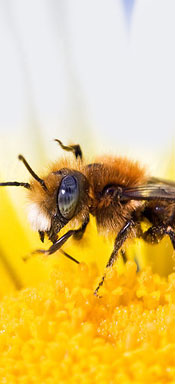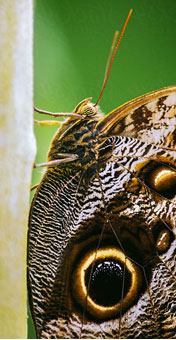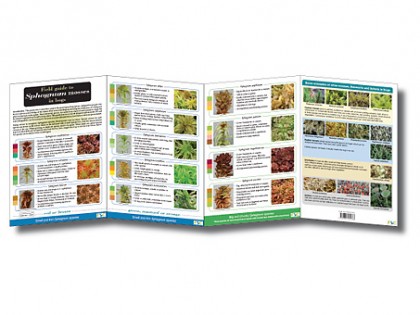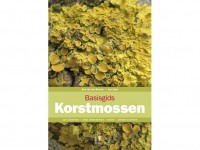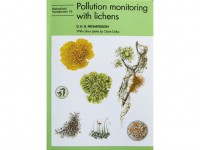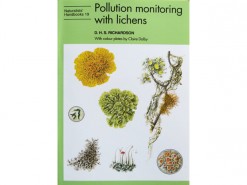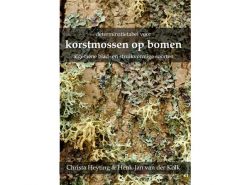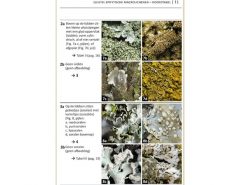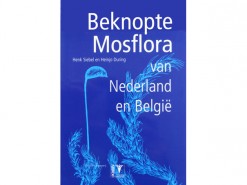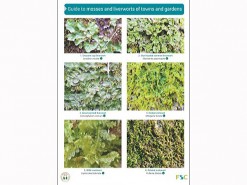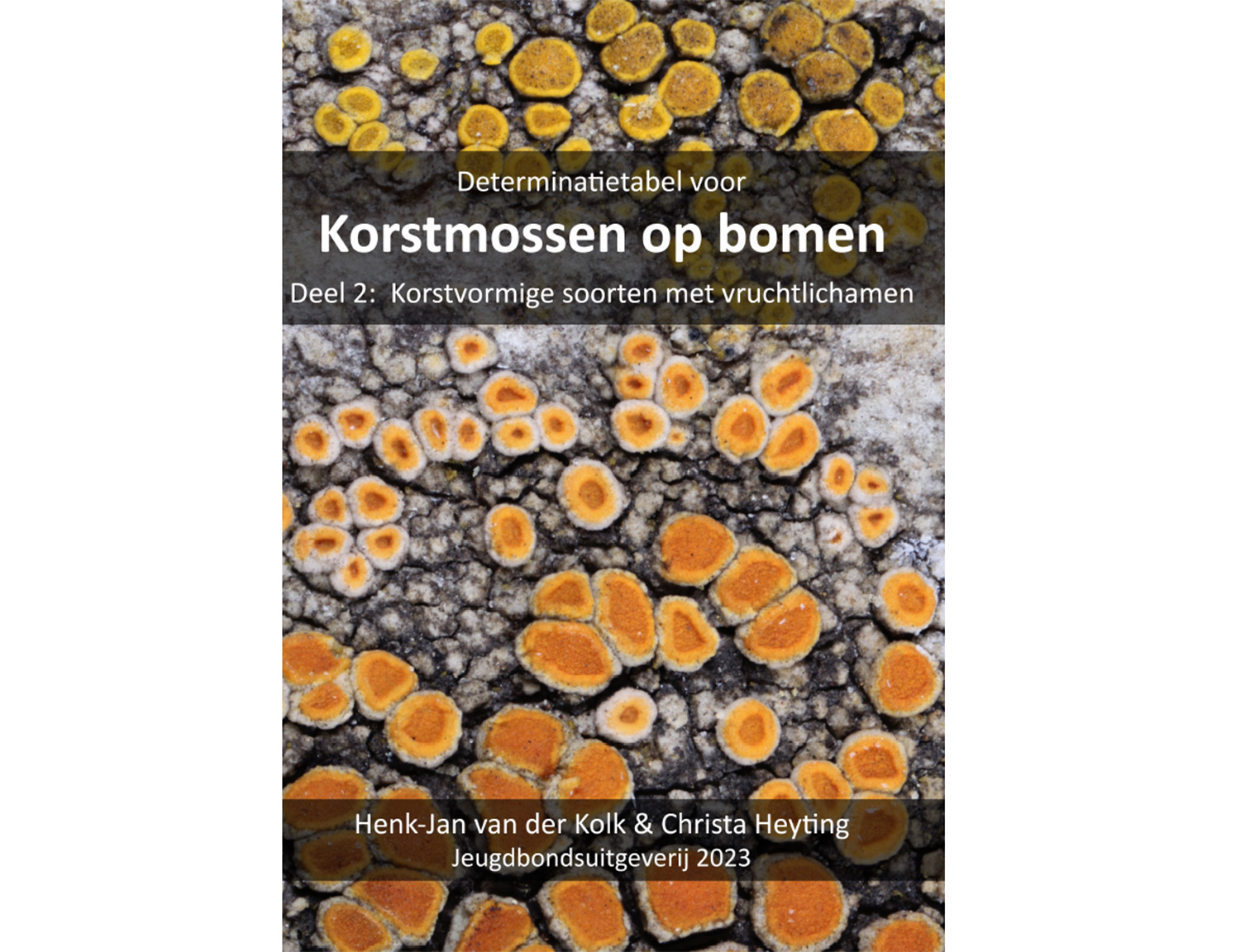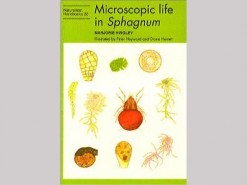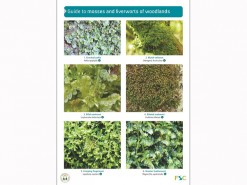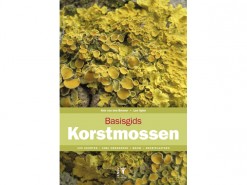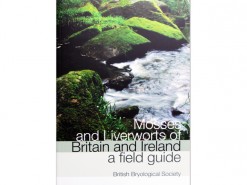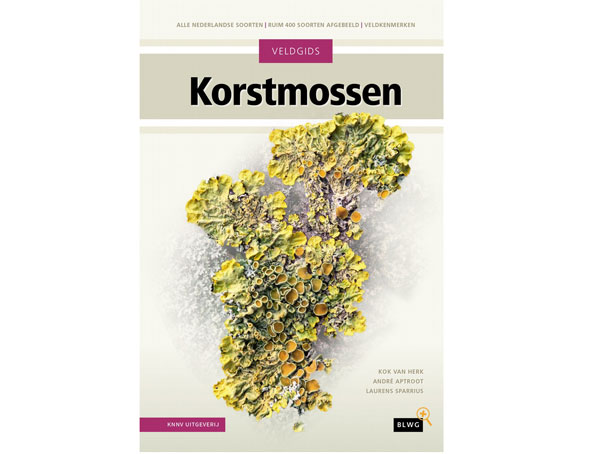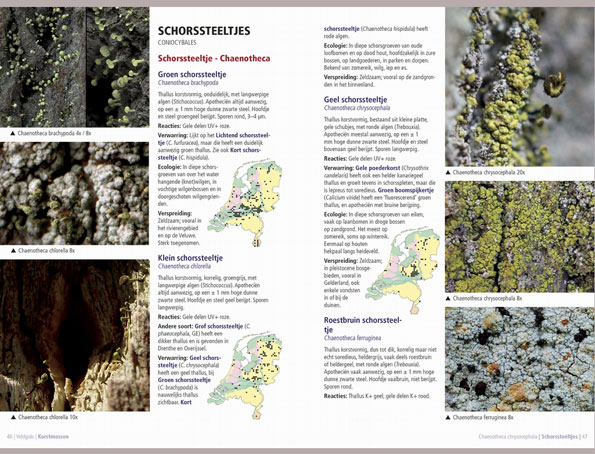The Sphagnum mosses in bogs guide covers 12 of the most important Sphagnum mosses of bogs throughout Britain and Ireland.
Sphagnum mosses are important, but are also confusing to the beginner. So where do you start? This guide covers the 12 most important peat-forming species in Britain and Ireland.
Each Sphagnum species features a specially taken photographs of the leaves and shoots of each species. Plus there is a visual guide to the major colours and a scale. Accompanying text covers key diagnostic features to check. Accompanying text on the reverse side covers the formation, importance and restoration of Sphagnum bogs.
Bogs are areas of land where a layer of peat has accumulated naturally. Precipitation keeps the land wet. Peat forms under waterlogged conditions from carbon-rich, dead and decaying plant material, mainly from Sphagnum species. Bog peat deposits have two layers. First there is a thin upper active layer where peat forms. Second there is a lower stable layer, making up the main volume of the bog where peat is stored. The boundary of these layers is the lowest water level. Sometimes this lower layer is more than 10 metres deep. Although all plants form peat in waterlogged conditions, peat deposits are mainly made up of the plants that are most tolerant of water-logging and resistant to decomposition, especially Sphagnum mosses but also sedges like cotton grasses. Three species are of particular importance for peat formation in the UK today: S. papillosum, S. magellanicum and S. capillifolium.


